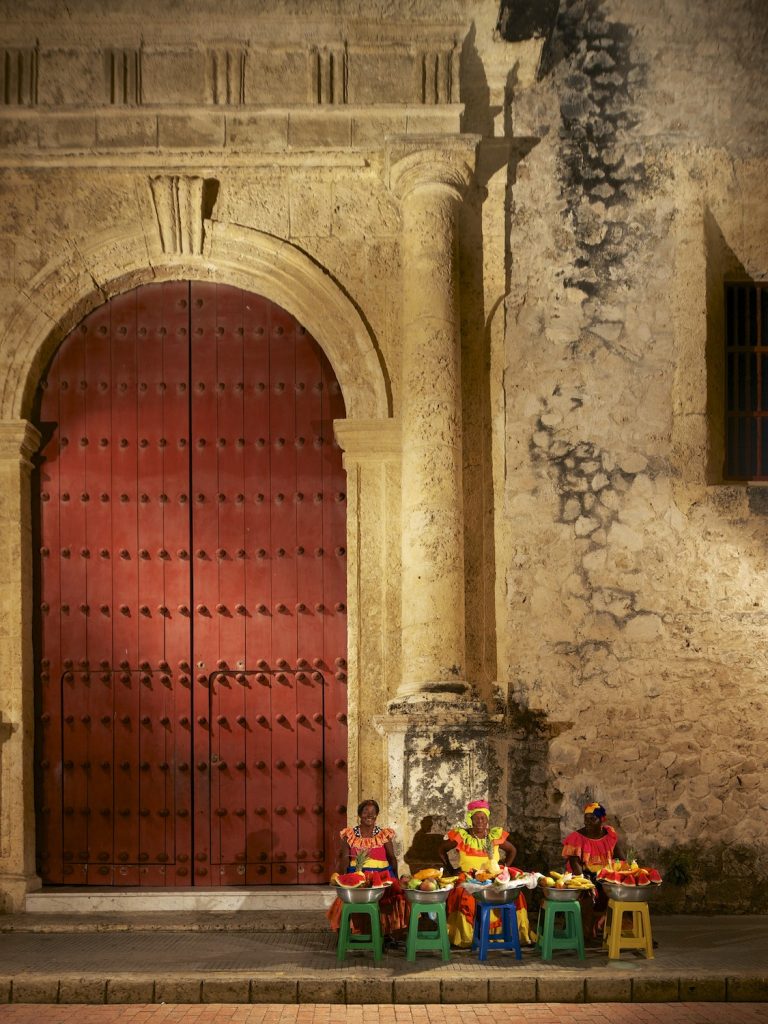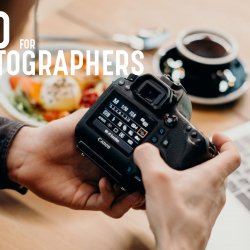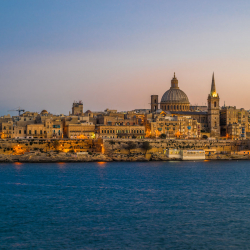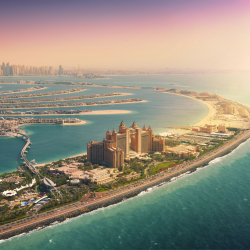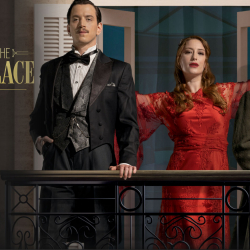New York Resort Photography
New York Resort Photography Best of 2013 (Part 2)
ASMP: When making Behind the Walls, do you envision each photograph before you create it and then execute that vision, or are there variables and surprises that cause each photo to differ from what you had in mind?
AC: I’ve been doing New York Resort Photography long enough that I can create an accurate expectation of the end result during the preproduction process. The surprises in this project always came from the subjects. A lot of the beauty in Cartagena is behind closed doors. I never knew what to expect when I opened the doors to a boutique hotel, religious facility, museum or any other indoor point of interest. Whether there was a beautiful indoor pool, waterfall, rooftop terrace or a place rich in history, the element of surprise was always present and always rewarding.
The project included 15 hotels, 10 restaurants, five religious institutions and many other key points of interest. Therefore it provided me with a great opportunity to experiment with different lighting techniques.
ASMP: City officials became increasingly interested in Behind the Walls as you progressed. What interested them most about the project? How did they show their interest?
AC: Tourism is the most important industry in Cartagena, and I believe I was able to persuade people of the fact that this particular project was different from any previous project and therefore it would help contribute to the promotion of tourism. I was referred to a governmental agency called IPCC, which is in charge of promoting cultural heritage. A government official was assigned to me after my fourth trip in order to educate me about the places that were best to photograph, much like a tour guide. He was crucial in introducing me to the right people in private installations such as museums, churches, hotels, restaurants and, of course, government facilities and public areas. The project ran much smoother from that point on.
ASMP: Now that the project is complete, please describe how you present these images. What are the specs of the book, and how was this produced? Have these images been exhibited?
AC: The project was recently finished and the promotion has recently begun. The Cartagena airport has shown an interest in displaying the images permanently, as this facility has recently undergone major remodeling and construction. I also have plans to display the images in art galleries in Texas, Milan, Dubai, Miami and I’m still looking for a place in New York City, as well as some cities in Colombia. The response has been amazing, especially from the people in Cartagena. I kept images on my iPad as I scouted for new locations, and business owners had no problem opening their doors to my project in spite of the late hours of my shoots. The book is currently being edited and, most likely, it will be self-published with the financial help of sponsors.
ASMP: Your day to day in New York Resort Photography you are obviously particularly interested in light and in tackling its complexities. When did you begin to see light and lighting as an art form?
AC: I began looking at light differently as I began to shoot at night. Color metering and color correction became crucial in order to create the right ambiance, especially when shooting interiors. I am one of the few remaining photographers who still uses a color meter in spite of shooting 100-percent digital.
ASMP: Please elaborate on various ways you work with lighting in your images. Which light sources are your favorites to work with? Do you approach various types of lighting differently or is your handling consistent from one type of lighting to another?
AC: I prefer using continuous tungsten light sources when shooting at night, with strobes during the day and sometimes for dusk shots. Behind the Walls was shot 100-percent with Lowel gear, such as DPs, Omnis and Pro. These lights are very versatile and can take the abuse, so this was definitely the right gear. I have several approaches to lighting an image, and this is dictated by what is best for the image. I have an extensive collection of color gels and filters.
ASMP: You have an MBA — from where? Did you have a prior career in business or economics? Tell us what prompted you to get a graduate degree in business.
AC: I have a degree in music production and sound engineering from the Berklee College of Music. I worked as a recording engineer for a while and photography was always a hobby. I thought it was a smart move to go into the business side of music and had the opportunity to enroll in the MBA program at the University of Miami. I graduated in 2004 and was already taking some paid photography assignments shortly after graduating. It was only 5 years later that I moved to the bigger city and became a New York hotel and Resort Photographer.
ASMP: In what ways has your background in business aided your career as a photographer? Do you emphasize your business background when you meet with clients?
AC: My business side has definitely aided my photography career. It has helped me to market myself effectively and to have a better understanding of the business in general. I don’t bring this up when meeting with clients, but it’s part of my online credentials because I believe it doesn’t hurt. In this business, your portfolio speaks for you and not a fancy resume and I find this to be a positive thing.
ASMP: You are based both in New York and Miami. Do you use the same marketing approach in both cities, or do you find clients in each city need to be handled differently?
AC: My marketing approach is the same in both cities. I constantly travel back and forth, and I have equipment in both cities. I am now based out of New York, so this allows me to take smaller assignments up north.
ASMP: In your opinion, what are the biggest challenges a photographer must overcome when lighting and photographing an interior? What are the biggest shortcomings that you find in other photographers’ images of this subject?
AC: The first, biggest challenge is the approach to composition and not so much lighting, as one may think. I always try for my interior images to have depth and flow. A well framed and styled image is crucial. I would much rather have a poorly lit but well framed and styled image than poorly framed but beautifully lit image. In New York Resort Photography dead space is the number one enemy when shooting interiors. In the past three years I’ve encountered a growing number of LED lights, dimmable LED lights, and variable-temperature LED lights. This is a white-balance nightmare that an interior photographer must overcome on location and not postproduction.
ASMP: The work that you do requires significant preparation on all fronts, from background research to technical aspects to logistics. What has been the biggest challenge you’ve faced on a project?
AC: The San Felipe Fortress in Cartagena was by far my biggest challenge logistically, but the Blue Bar In New York is one job that comes to mind where my technical abilities where tested. In San Felipe I was dealing with many variables such as security, weather conditions, rented equipment including a 16-kilowatt generator, and, on top of that, dealing with new assistants. When shooting the Blue Bar, I was dealing with a cave-like bar being lit 100-percent with blue neon light.
ASMP: In regard to being prepared, what are your most essential recommendations to offer someone embarking for the first time on an undertaking along the lines of Behind the Walls?
AC: Preproduction is the key element. Understand that the country we live in is very efficient in dealing with paperwork and bureaucracy when it comes to permits, and be prepared not to expect the same elsewhere. However, as a silver lining, there is very little that cannot be achieved in countries like these by finding ways for people to like you. Maybe you’ll get assigned your own government official to help you scout for locations.
ASMP: Your Facebook page has over 4,500 “likes.” Does your social media presence benefit your business?
AC: Facebook and social media are extremely efficient for other fields such as wedding and portrait photographers, but not so much for New York hotel and Resort Photographer who specialize in hotels and resorts. Although I do think that having a large number of “likes” could be reassuring to a client in the decision-making process while doing research on your background.
ASMP: You describe yourself as an architectural and interiors photographer. What is it that attracts you to these subjects that are large without people?
AC: The first paid jobs I got all came from friends in the interior design field, so inevitably I started building a portfolio and a skill set that focused on that area of photography. But the reality is that I enjoy every aspect of photography. As a matter of a fact, I have a smaller lifestyle and food photography portfolio targeted to the hospitality and food and beverage industry that I use upon request.
ASMP: You travel internationally with a great deal of equipment, we presume. Do you purchase travel insurance? Have you ever had to cash in on insurance?
AC: Yes, I do have a liability and equipment insurance from The Hartford. Liability insurance is required in most commercial facilities. Equipment insurance is covered internationally, but not a liability. I have never made a claim on my insurance.
ASMP: Are there any air travel or international customs horror stories that you don’t mind telling, now that they’re over? Do you have advice for other photographers to assist in troubleshooting international travel for photography?
AC: I’ve encountered problems in the past but have gotten off easy. This is all part of preproduction. If you’re constantly traveling outside the country, the best thing to do is to get an ATA carnet, which allows you to temporarily import professional equipment to affiliated countries. If you cannot afford it, you have to be willing to wait in customs in order to register equipment into the country where you’re traveling.
ASMP: Now that you’ve completed Behind the Walls are there other locations you’d like to photograph in a similar manner?
AC: There are a lot of cities that come to mind; some of them are in Puerto Rico and Costa Rica. The current project consisted of 18 production trips that were self-financed, so right now I’m focusing on searching for sponsors for Behind the Walls and on for-profit work.
ASMP: What have you learned from shooting “Behind the Walls” that you can most readily apply to commercial photo shoots? Do you foresee being able to do such a complex documentation as “Behind the Walls” as a commercial assignment?
AC: Behind the Walls made me a better photographer in many ways. I experimented successfully with lighting techniques in ways that I couldn’t have done working with another client. It also forced me to make my workflow more efficient. But most important of all, after coordinating such huge productions overseas that at first seemed impossible, any other local production project seems much more manageable.
ASMP: What projects, personal or professional, are you currently planning? Where do you see yourself in five years’ time?
AC: I specialize in New York Resort Photography but I’m focusing on marketing to other countries. Travel and photography are two of my passions and it would be great to combine them. I would love to be able to gather enough material to create a book on the most exotic hotels in the world. Some of the hotels from Behind the Walls would definitely be included.
ASMP: Your Web site says you have an “obsession with perfection.” Are you often able to create images that reach 100-percent perfection, or do you feel it’s impossible to make an image that is absolutely perfect? What types of details do you typically obsess over the most in your images?
AC: I am my biggest critic and never 100-percent satisfied with results. The images seem to grow on me after a while. I am obsessed with color exposure. The images will only be close to perfect for a little while until I develop new techniques and then become unhappy with older images. Other photographers that I admire from different subject areas have the same problem, but in the end, I believe this is one of the keys to success. I would not be able to succeed in the New York Resort Photography field if I didn’t have that philosophy.
Please read the first part of New York resort photographer interview


